You want to know why the brutal dairy industry is criticized? Then you've come to the right place! Advertising campaigns say: milk is rich in calcium and proteins, it is important for the bones. Pictures of happy cows adorn commercials and product packaging. The dairy industry has done some incredible marketing work here. A GfK survey also found that around forty percent of consumers believe that a cow always gives milk just like that.₁ But in fact, the industry has only given its creepy goings-on in milk production a pretty veil.
In this article I want to give you 12 facts about the brutal dairy industry before you go straight to the fridge and drink a glass of milk. Let's go!
Notice: I'm only talking about the normal practices here, which are also presented that way by the industry itself - and I'm refraining from horror stories of farms where the animals were neglected.
12 facts about the cruel production of cow's milk that everyone should know
I just can't listen to this euphemism anymore. On the one hand, because other foods are also rich in calcium and proteins. And on the other hand, because the production of cow's milk has really cruel downsides. The content of the post may be disgusting and repulsive - but if you consume the industry's products, you should know how they are made.
Tip: I even refrain from showing you pictures from the dairy industry here. But if you want to be fully convinced of the brutality in the milk production, then look at the YouTube video "Dairy is scary!" or the documentaries "The Milk System" and "Food Inc.
1. bulls are forced to masturbate
Cows do not give milk until they are pregnant. To artificially inseminate them, bull semen is first needed. For this purpose the Bull penis erected by hand - the "modern" technology allows the erection and ejaculation, however, also with a electric ejaculator. It is a "giant dildo" that is inserted into the anus of the bull until his penis is erect and emits semen.
2. cows are fisted and artificially inseminated
In the next step, the female cow is artificially inseminated with the bull semen. Of course, she does not do this voluntarily either. She is therefore kept in the so-called "Rape Rack" tightly bound. A metal cage that translates as "rape rack". Then the semen is implanted into the cow's vagina with a long tube. Often the area is previously massaged with a spirited grip and covered plastic glove and loosened.
Without this gruesome practice, the cow would only give milk when it voluntarily mates with a bull at some point. But the brutal dairy industry, which is geared exclusively to profit, does not have that time.
3. suckler cows are deprived of their offspring
No later than 48 hours after birth, the mother is snatched her offspring. This is standard in the Factory Farming, so that the baby calf does not slurp away the mother's milk of the industry. The mother cows run after their offspring until finally the fence prevents them. Then they call for their calf for days.
4. cows are given antidepressants and antibiotics
For cows, losing their own offspring is a traumatic, psychological stress. To ensure that the animals survive the time in the cramped and dark stables as physically unharmed as possible, they are given antibiotics, among other things. Drugs that have also been detected as residues in dairy products.
5. male calves are killed
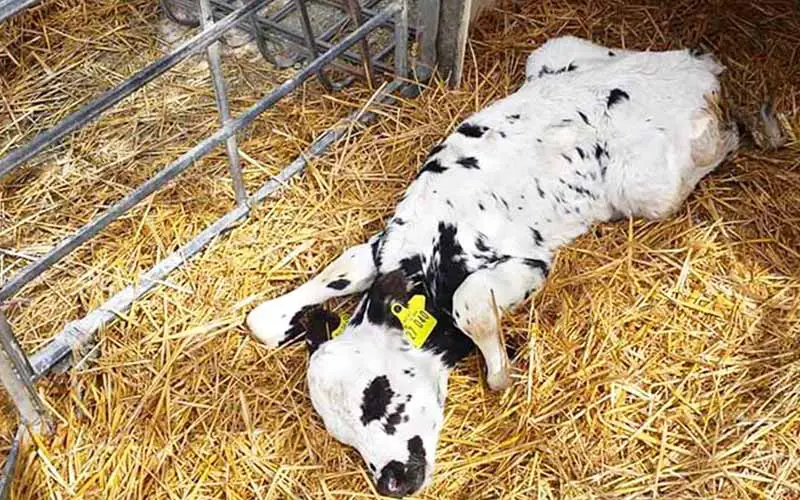
The female calves are threatened with the same milk machine fate as their mother. However, male calves have their throats cut shortly after they are born - to process them into meat. So if you have veal, it's because the little calf can't give milk and therefore has no value to the industry.
6. cows suffer from udder inflammation
Because they are repeatedly impregnated, many cows suffer from mastitis. This is also the reason that Pus and blood often detected in milk because they cannot be completely filtered out during production. A certain amount is even allowed! For example, according to the Milk Quality Ordinance 1980 (last amendment: 2010), Class 1 milk may contain 100,000 germs per cc of cow's milk (at 30° Celsius).₂
Notice: There are even fairs where "turbo cows" with plump udders are presented and auctioned like a product and not like a sentient being.
7. dethronement without anesthesia
So that the cows need less space in the barn and do not injure themselves they are with a branding iron, an etching pencil, a saw wire or pliers dehorned. This practice of the brutal dairy industry has exclusively economic reasons. Actually, such procedures on animals without anesthesia are not permitted. However, according to the German Animal Welfare Act, calves may be dehorned without anesthesia until they are six weeks old.
8. mother cows are impregnated again after one year
In the middle of the 20th century, dairy cows were still squeezing 2,349 liters per year out of their udders. today it is with 8,059 liters significantly more than triple - and 26 liters of milk a day.₃ This is possible primarily because dairy cows are artificially inseminated again shortly after giving birth to their offspring - whether they want to or not. They are caught in a brutal cycle.
9. many cows never see daylight
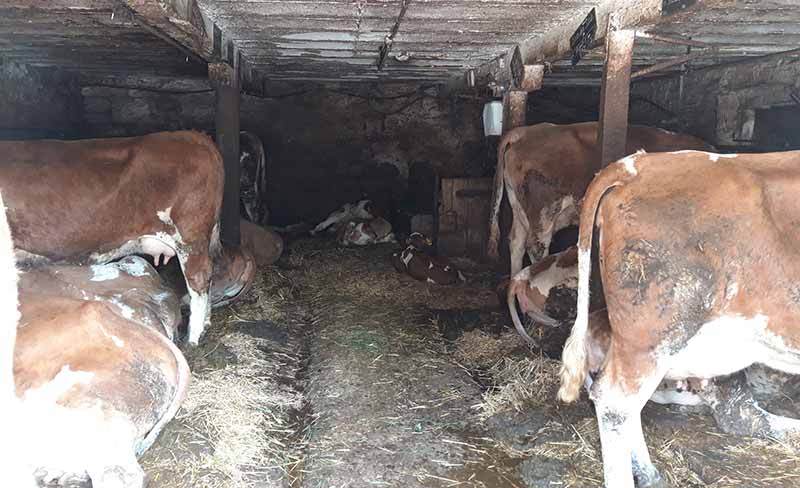
Around half of the cows in Germany never see daylight.₄ They are allowed to never once in their lives set foot on green pastures. They spend their entire lives under physical and mental agony in dark stables. And the end of their lives is already preprogrammed.
10. bulls are castrated with forceps
To prevent bulls with "inferior" genetic material from mating female cows, they are treated with a Castration forceps brutally castrated. One tries to keep the animals in this way better under control. For young animals, castration is even allowed without anesthesia.
11. cows are tagged
In factory farming, the very idea of efficiency "forbids" giving animals real names. Instead, shortly after their birth they are given Earmarks. For this purpose, a hole is pierced in the animals' ears without anesthesia using "ear marking pliers".
12. already after about 5 years the mother cow is slaughtered
If the cow has not previously collapsed from exhaustion and transported away alive by crane and killed accordingly earlier than planned, she is killed after about 5 years₅ because she then simply stops giving milk after many pregnancies. The life expectancy of a dairy cow is actually about 25 years.₆
As a rule, the killing takes place with a Slaughter shooter such as a bolt gun or even a firearm. In many cases, however, the animals are still alive and conscious when their throats are cut, hanging from the ceiling.
Dairy cows also end up as meat on the plate. That is why it is not true when someone claims that "no animals are killed for milk„. I personally find the dairy industry even more brutal than the meat industry. Why? To obtain meat, cows are "only" killed. But for the production of milk they have to endure endless suffering before they are then killed as well. The brutality in milk production is also the reason why, in my opinion. not enough to be a vegetarian.
You think the dairy industry is brutal? Here's what you can do about it
We do not see the disaster behind closed doors of the factory farms! Simply so that we can enjoy our veal and juicy roast beef with peace of mind.
After describing the brutal dairy industry to you a bit more pictorially, I don't think we should even start surviving on how to produce milk in a more animal-friendly and healthy way. If such inhumane practices are necessary to produce them, we should simply switch to alternative dairy products.
Here are three things you can do so that cows, as well as sheep, goats and other animals whose milk we humans currently still drink, no longer have to suffer.
Give up dairy products or replace them with vegetable products
-
Vegan yogurt2 €
-
Vegan butter1 €
-
Vegan whipped cream1 €
-
Vegan sprinkle cheese2 €
-
Vegan cream cheese3 €
-
Vegan slice cheese3 €
If you want to put an end to this industry, you should no longer support it with a single cent. Switching is so incredibly easy when you know the alternatives for dairy products. Here are a few examples:
- Milk: Switch to soy, almond, oat or rice milk, for example. Supermarket shelves are full of plant-based milk alternatives.
- Butter: Switch to butter made from vegetable oils and fats or classic vegetable margarine.
- Cheese: There are incredibly delicious cheese alternatives made from almonds, coconut oil and other plant-based ingredients. Really for all forms of cheese!
- Yogurt: You don't have to search long for vegan yogurt in the refrigerated section of your supermarket. Enjoy it on a soy base, for example.
- Cream: There's both vegan spray and whipped cream, so you really don't have to use anything except for cruelty to animals and animal suffering.
Change is difficult for usThat's clear. Not eating classic cheese anymore was certainly the biggest hurdle for me personally. At least in the first week - after that it was no longer a problem. It is simply important to deal with the reasons and the alternatives for the switch from animal to plant-based. You can read more about this at Reasons for veganism.
Support online petitions
You should have a Launch online petition or sign and share existing petitions if you want to do something about a specific grievance or about the entire brutal dairy industry.
With the petition "Animal cruelty on the dairy farm - Now we need your help!", for example, you can make a start right away!
Talk about your reasons
Talk to others about your reasons for not consuming animal products. But don't point fingers and be pushy. Instead, take a wait-and-see approach and explain your motives when asked. For example, you can also explain your Convince family to adopt a more animal-friendly, sustainable lifestyle.
NOT ONE CENT MORE for the Brutal Dairy Industry
I hope that I have been able to make the brutality of this industry more tangible to you here. When I first got this information, I was shocked - and also saddened that I had supported it for about 30 years of my life.
By the way, there are more reasons besides ethics, that vegans do not drink milk! These are mainly ecological and health. We are simply not made to drink the milk of cows. About 75 percent of the world's population cannot even tolerate milk₇ - these people simply get their calcium and protein from other foods. So you don't have to drink breast milk anymore and consume! Dog's milk is for small dogs. Rhino milk is for small rhinos. And cow's milk is for calves. End of story 🙂
Do you have questions or suggestions about this post about the cruel acts in the brutal dairy industry? Then feel free to write me a comment!
Be always kind to animals,

PS: In a separate post, I'll show you how you can easily start into vegan life can!
References:
₁ PETA Deutschland e.V.. (2015): GfK survey by PETA on the topic of milk: Do you know the answer?, available at https://www.peta.de/themen/milchumfrage. [27.04.2021].
₂ German-Russian Agricultural Policy Dialogue: Quality assurance in agriculture using the example of milk in Germany (June 2016), https://t1p.de/m0p4. [27.04.2021].
₃ A. Deter: How much milk does a cow give (as of 07/29/2019), available at https://www.topagrar.com/mediathek/fotos/rind/wieviel-milch-gibt-eine-kuh-11667503.html. [27.04.2021].
₄ happy vegan mom: From the series...10 Reasons Not to Dairy, https://happy-vegan-mom.de/de/aus-der-reihe-10-grunde-gegen-milch-6 [Apr 27, 2021].
₅ F. Enzenhofer: Let the hens have their eggs!, available at https://www.veganblatt.com/huehner-eier. [27.04.2021].
₆ P. Carstens: How long farm animals could live - and how old they actually live, available at https://www.geo.de/natur/tierwelt/21383-rtkl-massentierhaltung-wie-lang-nutztiere-leben-koennten-und-wie-alt-sie. [27.04.2021].
₇ N. Muntermann and C. Wawrzyniak: Dairy Intolerance (Accessed July 30, 2019), https://t1p.de/cypp. [27.04.2021].

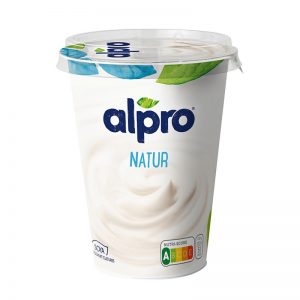
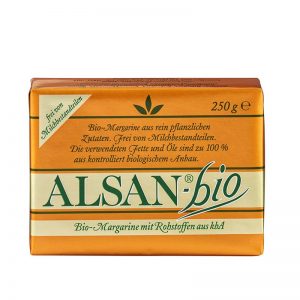
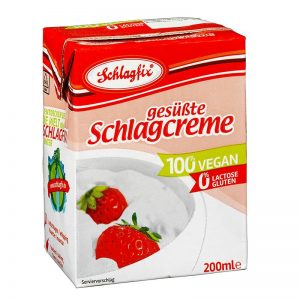



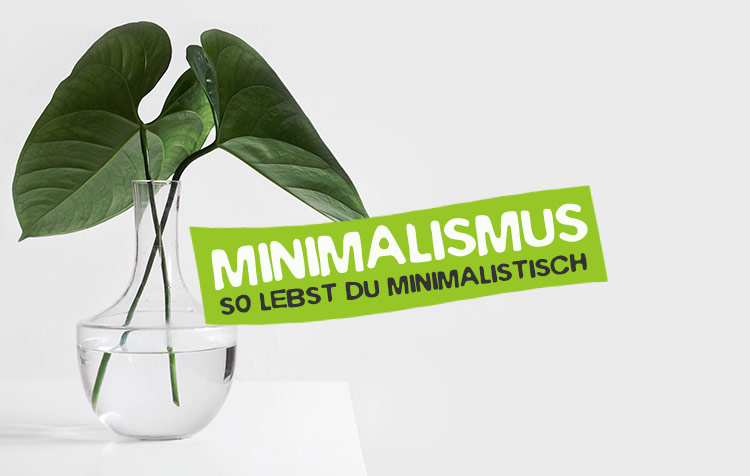


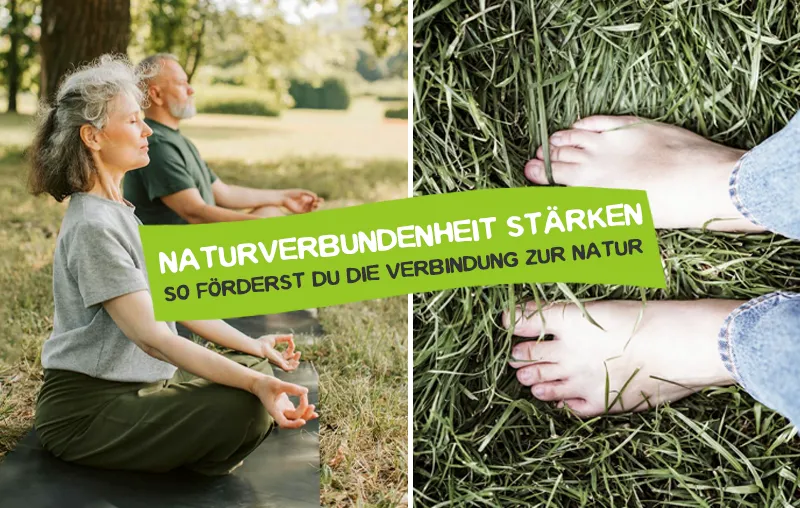
Dear Christoph, I read your report on dairy cows with interest. As I immediately shared this article, my farmer friends from my environment immediately made bullshit comments about antidepressants for cows after calving... please let me know where I can read about the administration of antidepressants for cows, including studies if possible. Thank you from the bottom of my heart and good luck with your educational work. Kind regards Antje Reschke
Hello Antje,
Thank you for sharing and your comment! I can only speak for a former farmer friend with livestock who used antidepressants. However, the text is a bit older and I don't have any current scientific evidence. But I do know that the drugs can, for example used in chicken breeding be
Even without antidepressants, however, the procedure would be highly questionable, as the animals definitely suffer mentally and call after their calves for days on end. The farmers around you know this too. However, they earn their money on the backs of the animals.
I hope that I have been able to help you.
Many greetings
Christoph